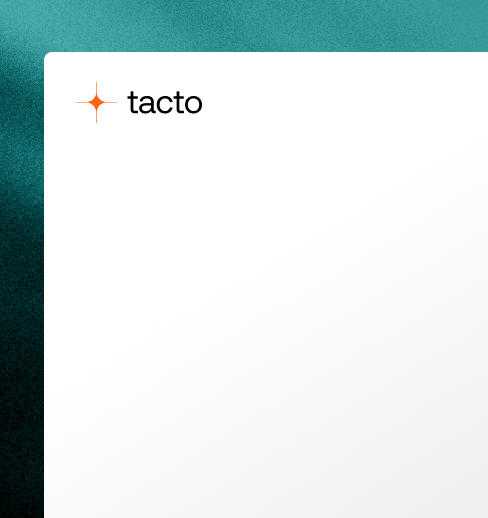Procurement Glossary
ERP integration: definition and important aspects for buyers
The integration of ERP systems creates the basis for efficient business processes and enables companies to digitalize their value chain end-to-end. This structured overview shows how Procurement can optimize its processes and make strategic decisions based on data by seamlessly connecting systems and data.
ERP integration in a nutshell:
ERP integration refers to the technical connection and synchronization of various company systems with the central enterprise resource planning system. For Procurement , this enables the seamless processing of orders, automatic inventory management and efficient supplier management in one integrated system.
Example: A medium-sized production company connects its e-procurement system with SAP, which enables purchase requisitions to be processed automatically and reduces the processing time for orders from an average of 3 days to 4 hours.
Introduction to ERP integration
In today's digitalized business world, ERP (Enterprise Resource Planning) integration is a fundamental building block for the success of modern companies. It enables the seamless connection of different business processes and departments in a standardized system. By integrating ERP systems, companies can plan, manage and control their resources more effectively. This leads to optimized workflows, increased transparency and improved decision-making. In this guide, we explain the key aspects of ERP integration, its benefits and challenges, and proven implementation strategies.
What is ERP integration?
ERP integration refers to the linking of an enterprise resource planning (ERP) system with other software solutions and business processes within a company. This enables a seamless flow of information between different departments such as Procurement, production, sales and finance. Integration provides a central database, reduces interface problems and improves the company's overall performance through more efficient process optimization and increased transparency.
Core elements of ERP integration
Importance of ERP integration in Procurement
ERP integration is crucial for Procurement , as it significantly increases the efficiency and effectiveness of procurement processes. The integration allows buyers to access current inventory and requirements data, trigger orders automatically and manage suppliers centrally. This leads to improved transparency, faster response times and optimized cost structures.
ERP integration: from separate systems to fully integrated solutions
ERP integration has undergone a decisive change in recent years. Whereas previously separate systems dominated company processes, modern integration ensures a seamless connection between all business areas. This enables efficient processes, reduces sources of error and creates a uniform database for well-founded decisions. The transformation from isolated applications to integrated ERP systems is therefore essential for companies to remain competitive and react flexibly to market analysis.
Old: Separate application systems
Traditional approach: In traditional corporate IT, various departments such as the purchasing organization, production, sales and accounting were supported by separate software solutions. These isolated solutions worked autonomously and data was exchanged manually or via complex interfaces. This led to redundant data, delays and increased error rates. For example, Procurement had to manually transfer order data to Accounting, which was time-consuming and increased the risk of inconsistencies. The lack of transparency also made it difficult to manage the company as a whole.
New: Integrated ERP systems
Enterprise Resource Planning (ERP): Modern ERP systems integrate all business processes into a central platform. Real-time data and automated workflows are used to network departments and optimize information flows. Innovative technologies such as cloud computing and mobile applications enable flexible access to data from anywhere. The integration of external partners via electronic interfaces also improves collaboration with supplier management and customers. Practical benefits are accelerated processes, reduced costs and increased data quality, which support strategic decisions.
Practical example: Implementation at Beispiel GmbH
Beispiel GmbH, a medium-sized company in the mechanical engineering sector, decided to introduce an integrated ERP system. By replacing the separate legacy systems, throughput times in order processing could be reduced. order processing order processing could be reduced by 30 %. Inventory management was optimized, which led to a 20% reduction in storage costs. In addition, data quality improved considerably, reducing incorrect orders by 15%. The integrated solution enabled Beispiel GmbH to work more efficiently and operate more competitively on the market.
Conclusion on ERP integration
ERP integration in Procurement is an indispensable building block for the digital transformation of companies. It not only optimizes operational processes through automation and central data storage, but also creates the basis for strategic competitive advantages. Despite initial challenges during implementation, the long-term benefits of increased efficiency, improved transparency and reduced process costs outweigh them. For future-oriented companies, ERP integration is therefore not an optional project, but a strategic necessity.







.png)
.png)
.png)
%20%E2%80%93%20Jakob%2C%20Ines.png)
%20%E2%80%93%20Jan%2C%20Jacob.png)
.png)
.png)
